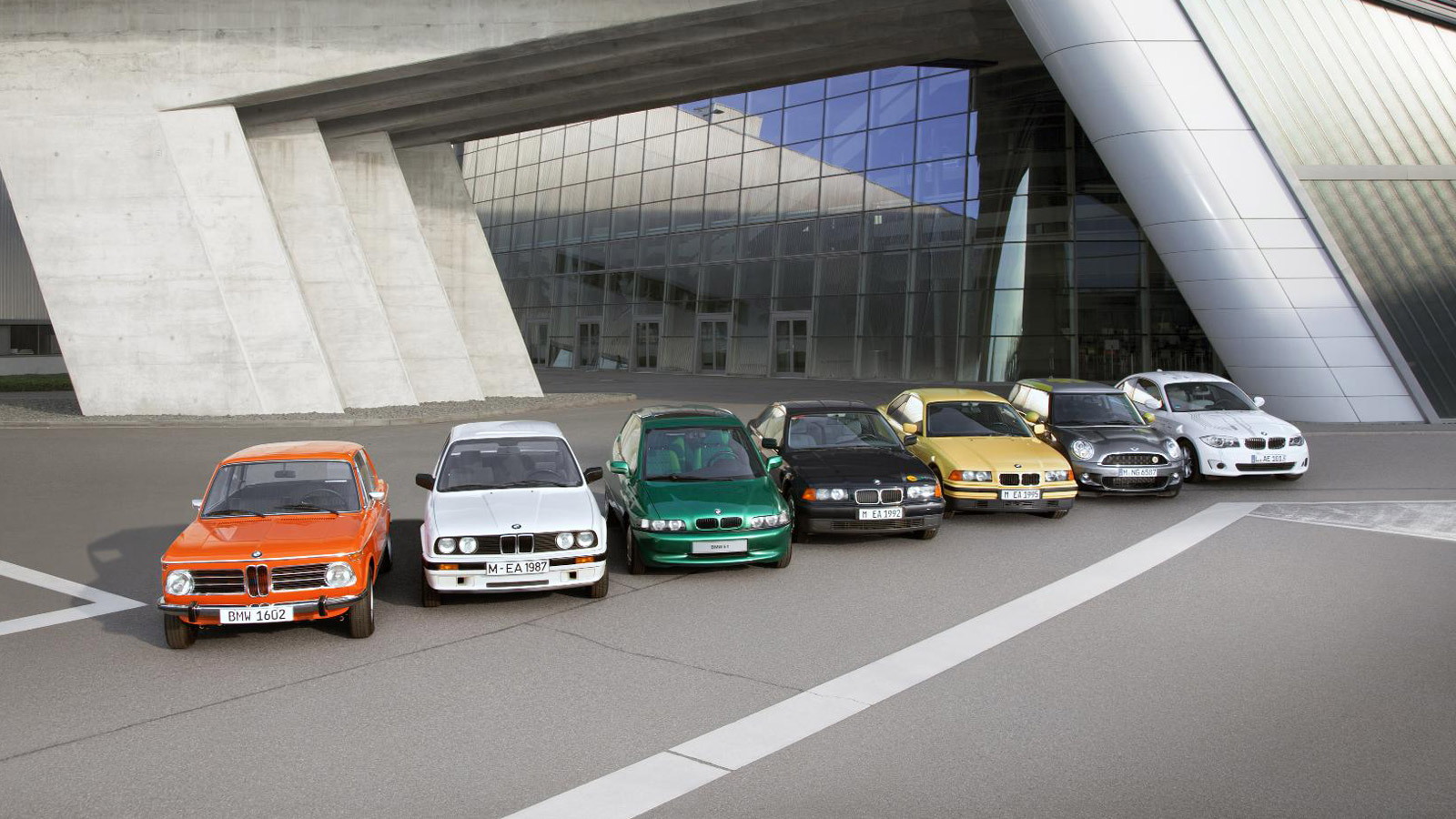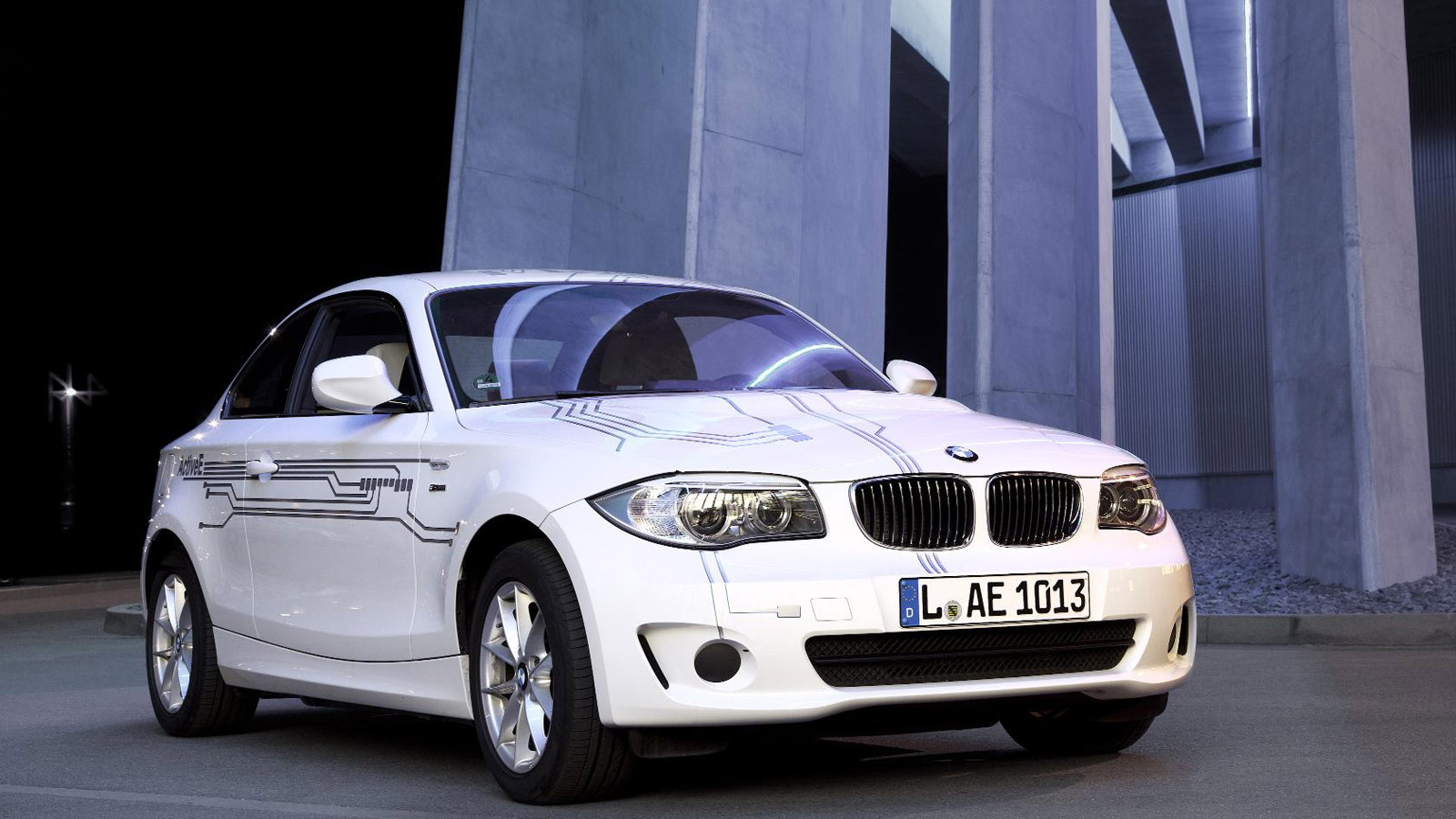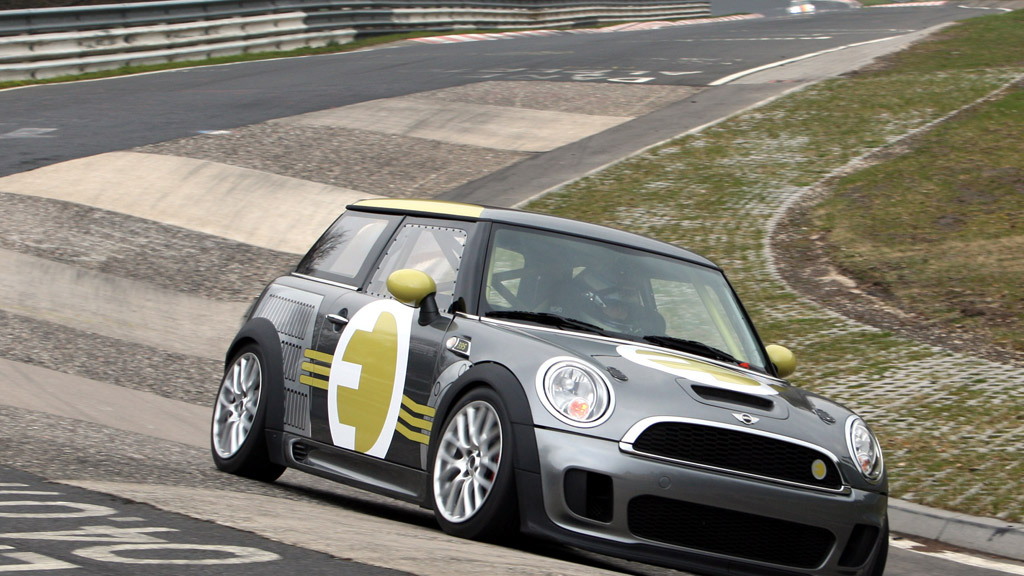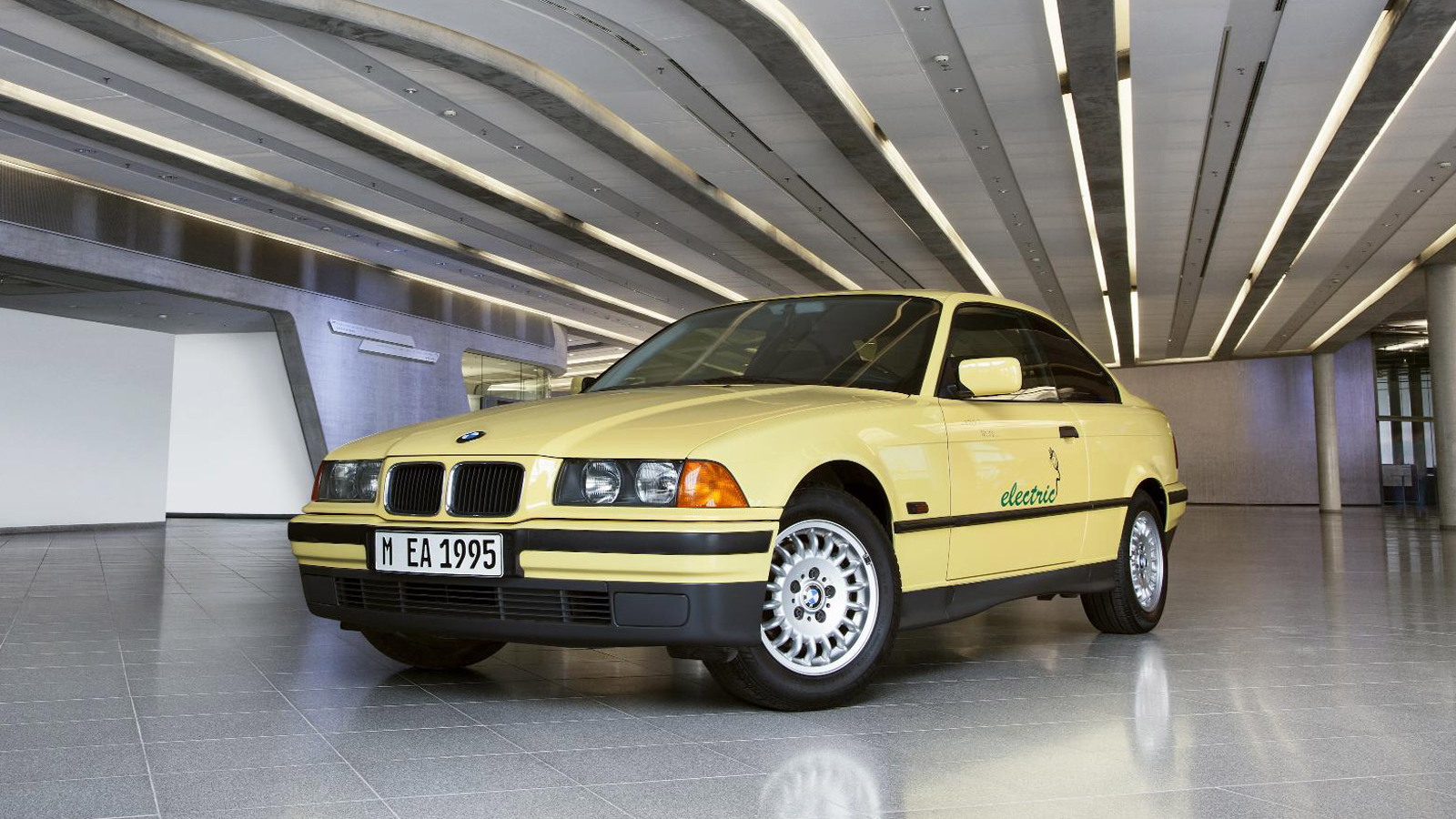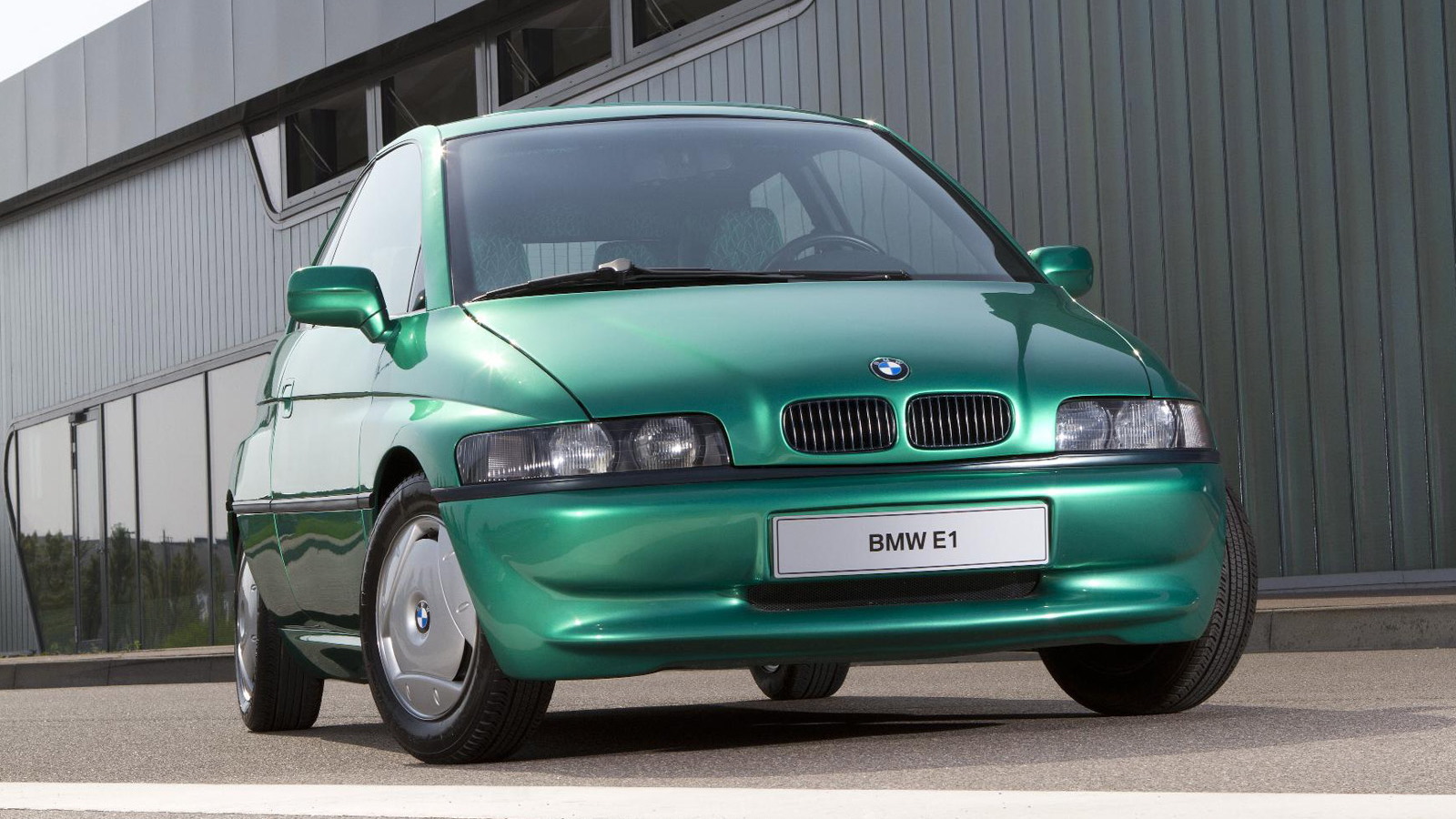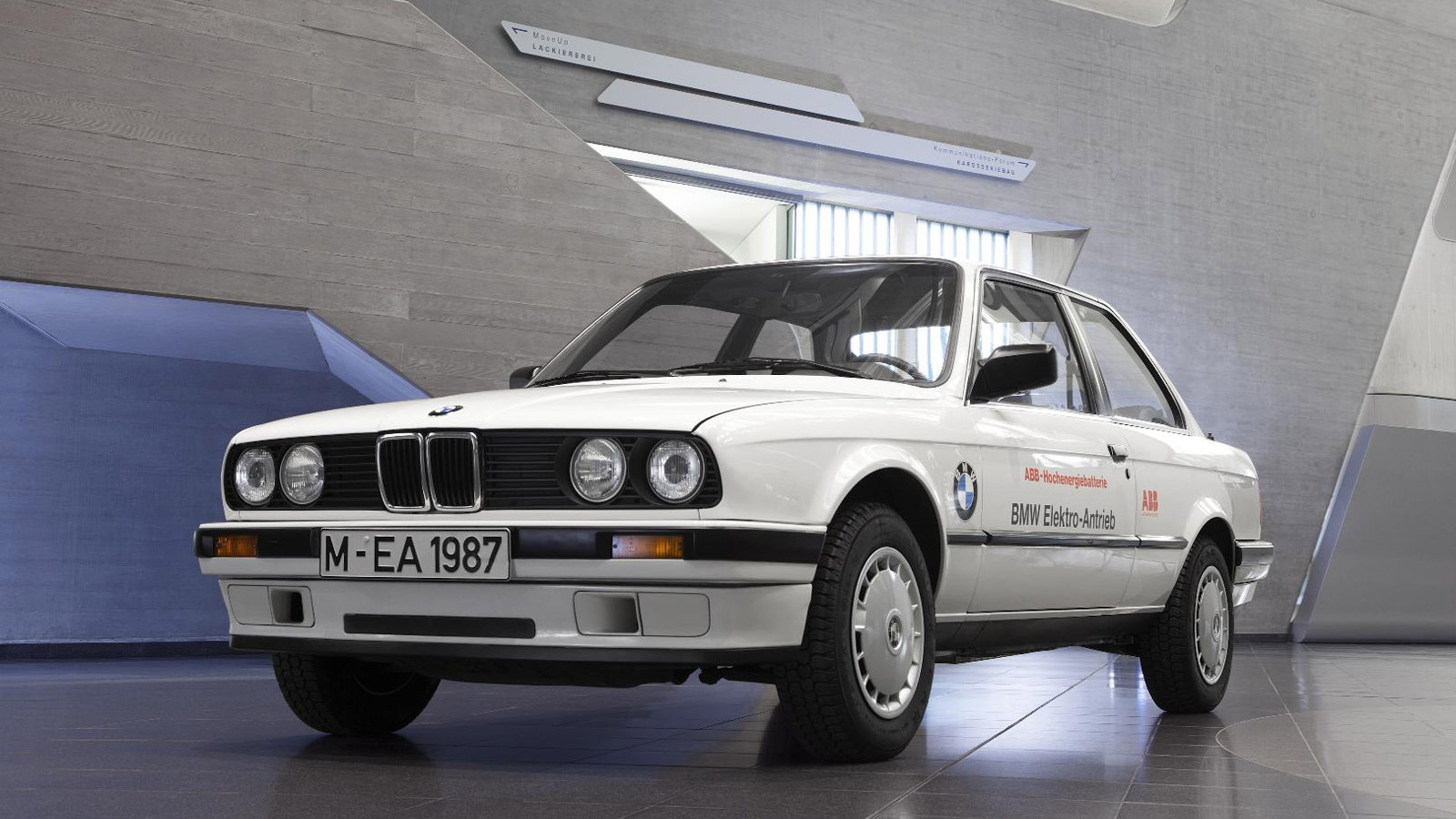In fact, when the i3 finally enters production at a plant in Leipzig, Germany late next year, the moment will mark the culmination of more than 40 years of electric car development at BMW.
You see, BMW’s first electric car, a 1602 with its engine swapped for an electric motor, made its debut at the 1972 Olympic Games. Two examples were used to shuttle VIPs and serve as support cars in various long-distance events.
However, with a weight penalty of 770 pounds due to its lead-acid batteries, and with a range of just 37 miles, the electric 1602, understandably, was deemed unsuitable for production. Nevertheless, BMW would continue development of electric drivetrain technology.
Over the next several decades, BMW would release a handful of electric cars, though all of these would be prototypes and limited production models.
The next electric car from BMW would be an old BMW LS that was converted to electric power in 1975. Then, in the 1980s, a research project was launched entitled “Electric car with high-energy battery” that looked at sodium-sulfur energy storage devices.
Besides the batteries, testing here focused primarily on the drive system and drive control. To trial the concept, eight vehicles based on the BMW 325iX were converted and subsequently proved their merit in inner-city use, for example as delivery vehicles for the German postal service.

1991 BMW E1
In addition to the five E1 prototype vehicles, the project also featured 25 converted production models based on the BMW 3-Series. Between 1992 and 1996, eight BMW 325 models were in service on the island of Rügen off Germany’s Baltic coast to test out various motors, transmissions and batteries under everyday conditions.
In 2008, a fleet of around 600 all-electric MINI E models designed for private, everyday use took to the roads. The findings gleaned by the BMW Group from its pilot project then led to the development of the ActiveE in 2010, which was based on the BMW 1-Series Coupe. Now we had a vehicle that had a much healthier 125 kW (170 horsepower) output but still with the generous 100-mile driving range.
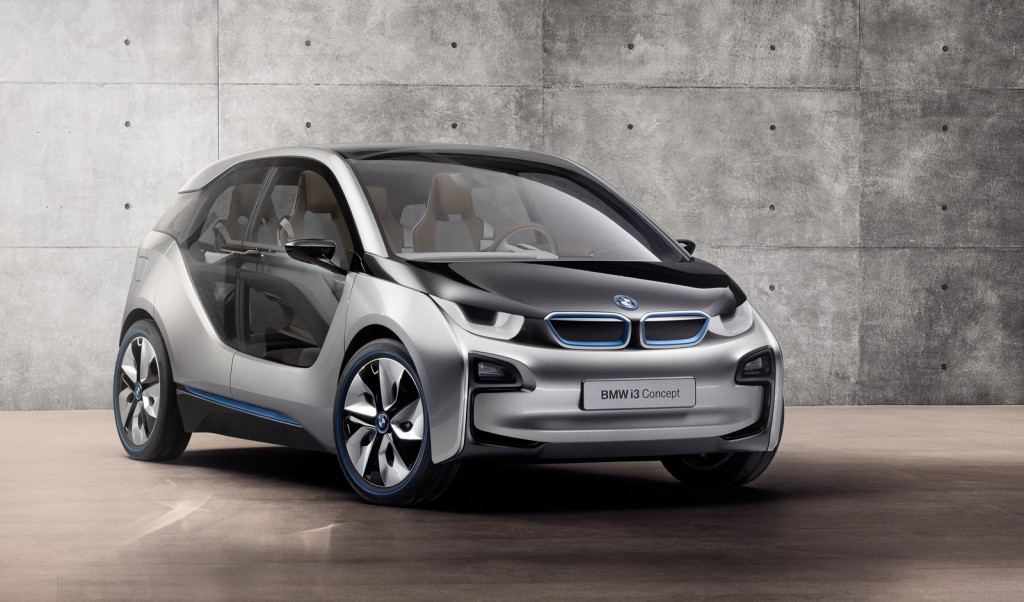
BMW i3 Concept MkII
One thing BMW has learnt over the years is that the key to electric car success is making them light. That’s why the upcoming i3, which will still only be rated at 125 kW (170 horsepower) and have a driving range of 100 miles, should be much more fun to drive than any of BMW’s past electric cars. The key is the car’s construction. The chassis is fully composed of aluminum and contains the batteries to help lower the center of gravity. Attached to this is a carbon fiber body, whose construction serves as a safety cell for occupants.
The electric motor, as well as the optional range extender, sits at the back, and only the rear wheels are spun to ensure the automaker's signature rear-wheel-drive dynamics.
For more details on the i3, including spy shots, click here. And to read about the i8 plug-in hybrid sports car also in the works at BMW, click here.
